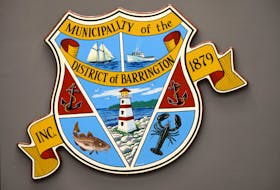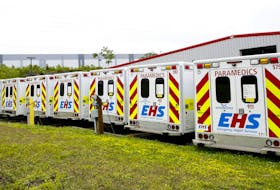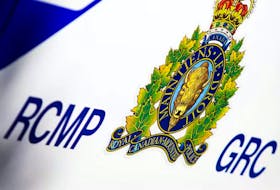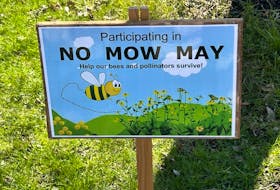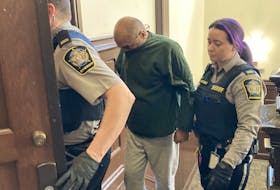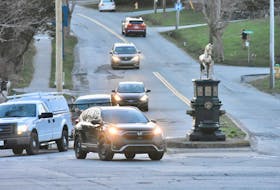EDITOR'S NOTE: Highway memorials are prevalent along the highways of Newfoundland and Labrador. This four-part series aims to tell the stories behind the people some of them represent.
Growing up in west Texas, Dr. Holly Everett always took notice of highway crosses along the roadsides there.
She got used to seeing them in the middle of nowhere in Lubbock and later around the hill country known as Austin.
Some of them marked dangerous stretches of highway or aimed to remind people of a particular intersection's hazards. Now a member of the folklore department at Memorial University,
Everett first turned her interest into a master thesis and later a more complete work.
She wrote a book called “Roadside Crosses in Contemporary Memorial Culture” in the early 2000s.
Everett’s work documents 35 highway memorial sites or highway crosses around her home area in Texas and seeks to understand what is unique about each one, as well as the meaning behind them.
She spoke with the victim's loved ones, school administrators in some cases, public officials and others to help tell the story of these memorials and how they connect to modern memorial culture.
“What I have found in doing this work over the last 20 years or so is that there are some general things that come up again and again in terms of why people put them up or why they say they put them up,” said Everett. “It is pretty similar from place to place to place.”
Filling space
The highways of Newfoundland and Labrador are filled with similar roadside crosses and memorials. Dozens can be found on the Trans-Canada Highway from the east coast of the province to the west.
There are many more on provincial highways and municipal roads.
Between Grand Falls-Windsor and Gander alone, there are at least six in various spots along the 96-kilometre stretch of highway. Some are near municipal centres, while others are in desolate places.
“One of the things that people said to me, and I found this interesting because people told other researchers almost the exact same thing in the same words, which was they didn’t want the place where their loved one died to be a lost place,” said Everett.

A warning
It is fairly common to think of these crosses as memorials and a way to remember the deceased.
However, these crosses can also serve as warnings for other travelers as they move in the same areas.
Inherently, they are in a location where a fatal accident has previously occurred.
Stuffed toys taped to a highway sign, where Magee Road in Gander exits onto the Trans-Canada Highway, act as a memorial for an eight-year-old boy who died after his family’s vehicle was struck by a transport truck while turning onto the highway in 2008.
In that particular area, there were 11 accidents between 2012 and 2015 alone. It prompted the town and the provincial government to realign the traffic flows in the area.
“Another thing people say is that they hope by putting a memorial up, maybe it keeps someone else from getting in an accident there,” said Everett.
Two graves
When tragedy strikes and a highway memorial is put in place, it serves like a second gravesite.
The body of the person who died there isn’t buried in that place, but the crosses start to take on the same meaning as a grave stone.
They don’t mark the final resting place of someone, but they can carry the same meaning.
Everett said there are times when people can feel more in touch with their loved one at the site of the memorial than at the gravesite.
“That is the place where their loved one passed over the other side,” she said. “It can be that the place they feel the closest to someone is the memorial. “It gives them a place to go and feel comfortable.”
READ THE REST OF THE SERIES:



